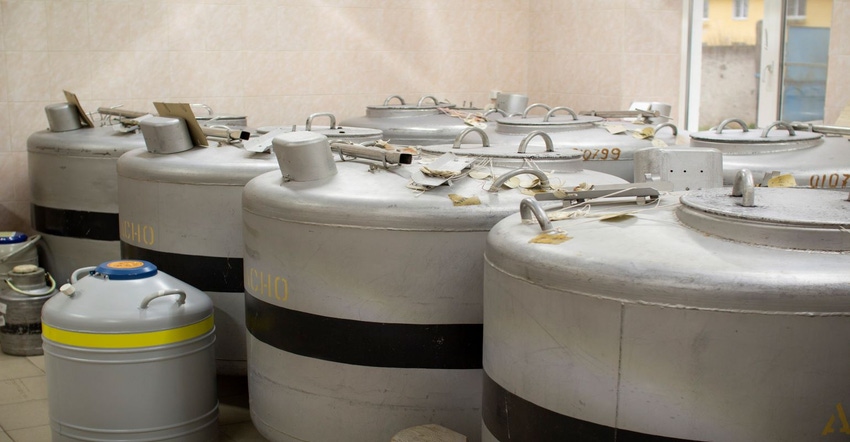How genetic values apply to my herd goals?
How do you determine what genetic values are important to your operation?
February 28, 2022

Each bull you purchase should be evaluated on the basis of what genetic potential he has to offer to your specific operation.The purchase of bulls should be viewed as an investment in genetics.
The profit potential of your operation is largely dependent on bull selection. Over time, 80 – 90% of genetic change is the result of sire selection. So as we evaluate bulls, how do we determine what genetic values are important to our operation?
Use the following steps to analyze your production system and establish breeding goals
Evaluate your current level of herd performance.
You need to measure in order to identify what traits need to be improved. Some examples:
Percent Calves Born Un-assisted/Calf Vigor
Mature Cow Weight
Percent Pregnancy Rate
Percent Calf Crop Weaned
Weaning Weight
Weaning Weight Per Exposed Female
Yearling Weight
Carcass Weights, Quality and Yield Grades
Consider your marketing program!
Are you selling weaned calves, yearlings, finished cattle or replacement heifers?
Are you using bulls as terminal sires or selecting heifers to develop as herd replacements?
Identify your selection goals.
Once you have quantified levels of performance in your herd, established your marketing plan and how you will use bulls, it determines what traits are most economically important, what changes are needed and where efficiencies can be gained. Selection pressure is a precious commodity and should be focused on genetic change that gives your operation the greatest profit potential.
Evaluate the genetic values of your herd bulls that resulted in your current performance levels.
EPDs and $Values are comparable across time and geography. A registration paper has value. Virtually all beef registries have a pedigree search option available online which can be used, free of charge to look up the current genetic values of the bulls you have been using. These genetic values can be equated to your current levels of herd performance to guide future bull buying decisions.
Source: Oklahoma State University, which is solely responsible for the information provided and is wholly owned by the source. Informa Business Media and all its subsidiaries are not responsible for any of the content contained in this information asset.
You May Also Like



